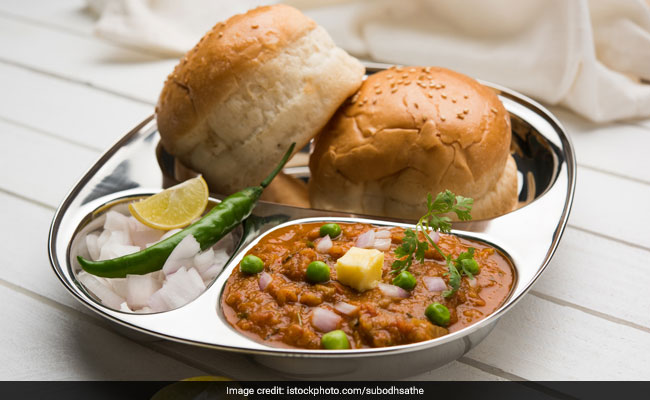Craving a flavor explosion? Look no further than Beef Pav Bhaji! This isn’t your traditional Pav Bhaji; we’re elevating it with the rich, savory goodness of beef, creating a fusion dish that’s both comforting and exciting. Imagine tender, perfectly cooked beef blended with a vibrant, spiced vegetable mash, all served with butter-soaked pav (soft bread rolls). It’s an irresistible combination that will have your taste buds singing. This Beef Pav Bhaji recipe takes the classic Indian street food and adds a meaty twist, making it a hearty and satisfying meal perfect for any night of the week. Whether you’re a seasoned cook or a beginner in the kitchen, this recipe is designed to be easy to follow and guaranteed to impress. So, gather your ingredients, and let’s embark on a culinary adventure that will transform your dinner table into a vibrant Indian street food stall!
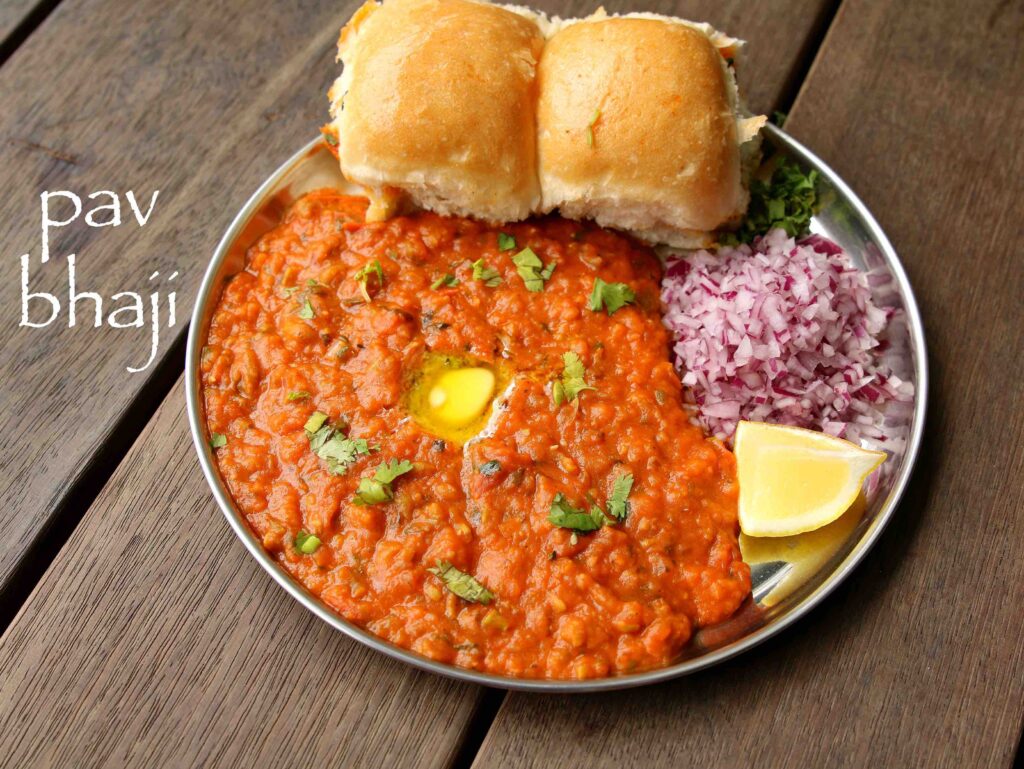
[Insert Image of Delicious Beef Pav Bhaji Here]

Recipe Overview
Before we dive into the heart of this Beef Pav Bhaji recipe, let’s take a quick look at the key details. This will give you a good understanding of what to expect and help you plan your cooking accordingly.
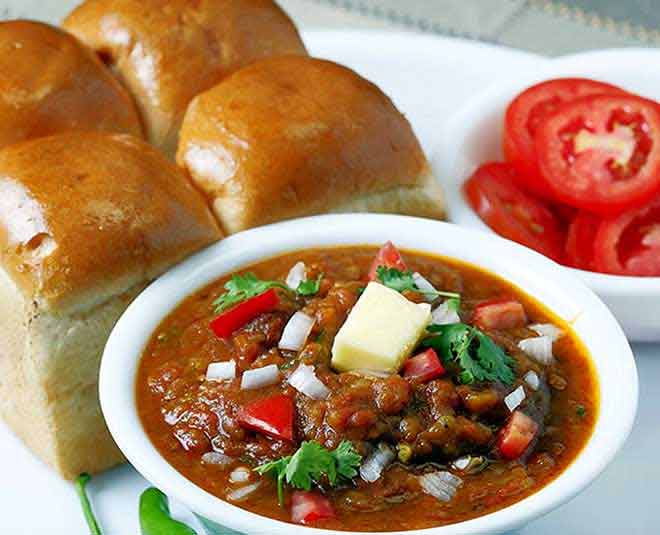
| Category | Value |
|---|---|
| Preparation Time | 30 minutes |
| Cooking Time | 60 minutes |
| Servings | 6 servings |
| Difficulty | Medium |
Nutritional Information (Per Serving)
Knowing the nutritional value of your meals is important. Here’s an approximate breakdown per serving of this delicious Beef Pav Bhaji:
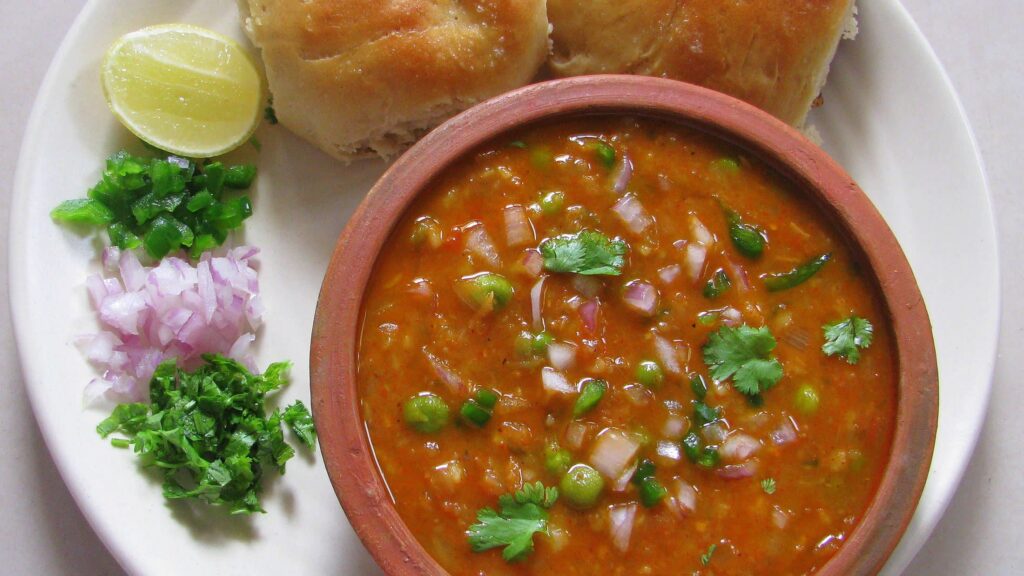
- Calories: Approximately 450-550
- Protein: 25-35g
- Carbohydrates: 40-50g
- Fat: 20-30g
Note: These values are estimates and can vary based on specific ingredients and portion sizes.
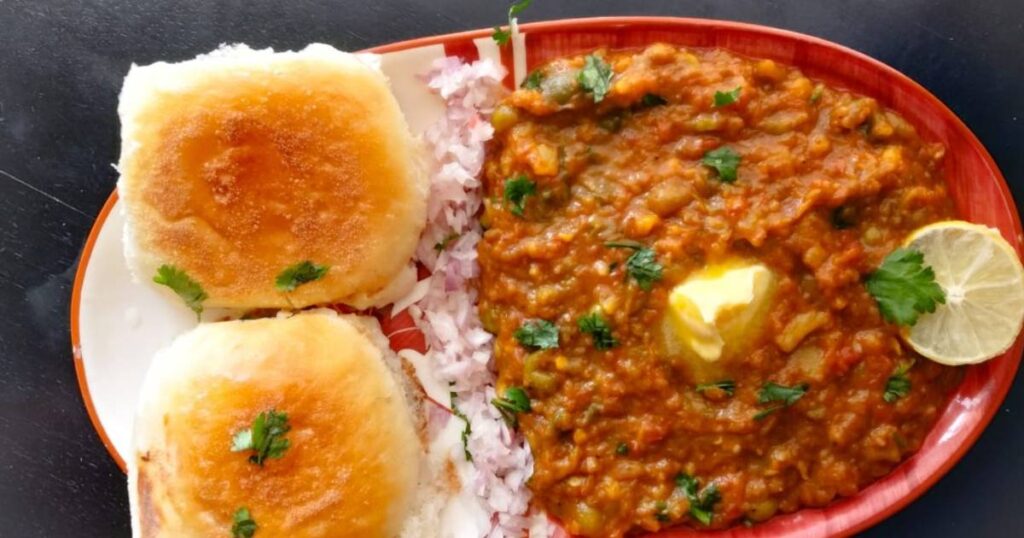
Ingredients for the Best Beef Pav Bhaji
Now, let’s gather all the necessary ingredients for this amazing Beef Pav Bhaji recipe. Make sure you have everything on hand before you start cooking. This will ensure a smooth and enjoyable cooking experience.
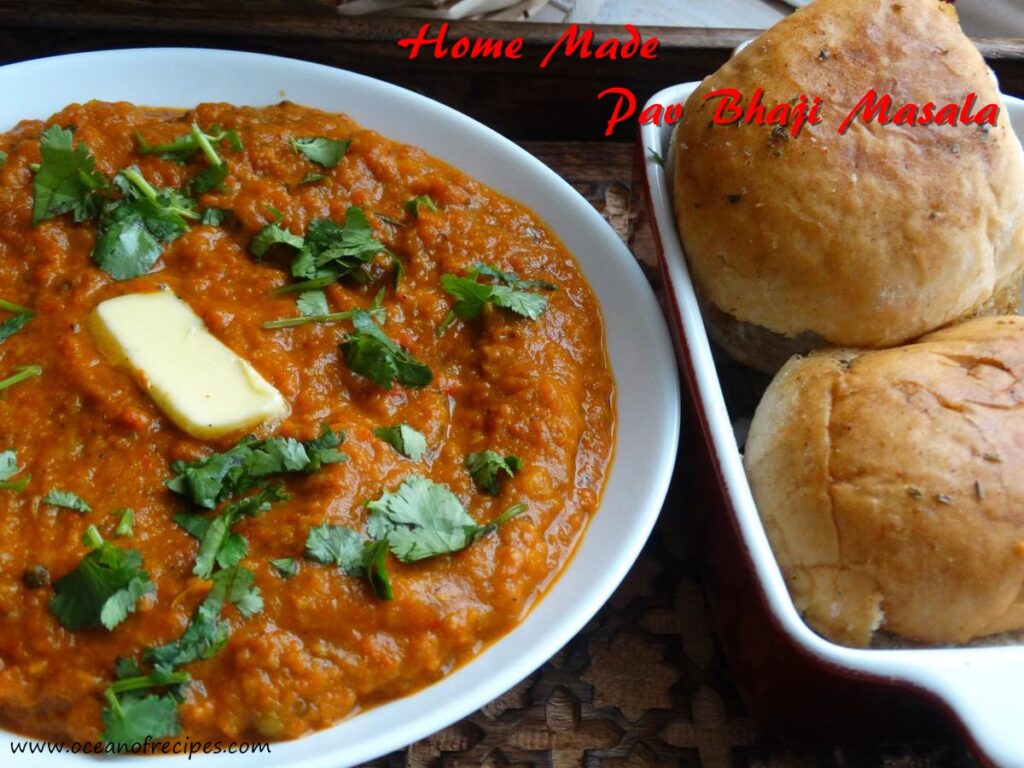
| Ingredient | Quantity |
|---|---|
| Beef (stewing beef, cut into small cubes) | 500g |
| Onions (finely chopped) | 2 large |
| Tomatoes (finely chopped) | 4 medium |
| Potatoes (boiled, peeled, and mashed) | 2 medium |
| Green Bell Pepper (finely chopped) | 1 medium |
| Red Bell Pepper (finely chopped) | 1 medium |
| Ginger-Garlic Paste | 2 tablespoons |
| Pav Bhaji Masala | 4 tablespoons |
| Red Chili Powder (adjust to your spice preference) | 1-2 teaspoons |
| Turmeric Powder | 1/2 teaspoon |
| Cumin Powder | 1 teaspoon |
| Coriander Powder | 1 teaspoon |
| Butter (for cooking and serving) | 4 tablespoons + more for serving |
| Lemon Juice | 2 tablespoons |
| Fresh Cilantro (finely chopped, for garnish) | A small bunch |
| Salt (to taste) | To taste |
| Water | As needed |
| Pav (bread rolls) | 6-8 |
Cooking Instructions
Ready to cook up some magic? Follow these step-by-step instructions to create the most flavorful Beef Pav Bhaji you’ve ever tasted!
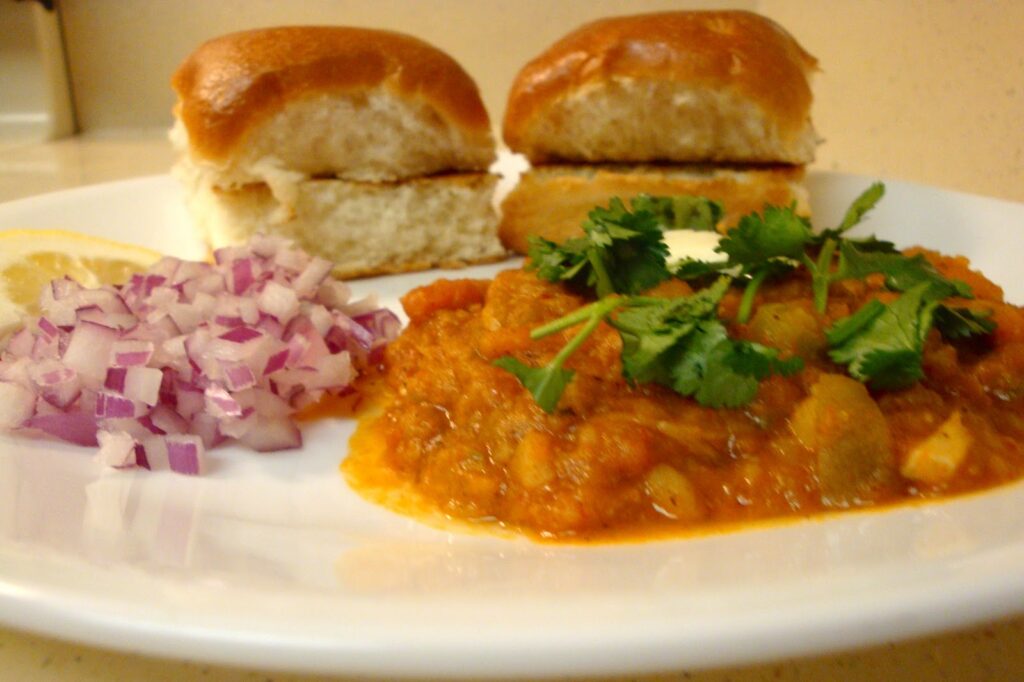
- Prepare the Beef: In a large bowl, marinate the beef cubes with 1 tablespoon of ginger-garlic paste, 1 teaspoon of red chili powder, 1/2 teaspoon of turmeric powder, and salt to taste. Mix well and let it rest for at least 30 minutes. This step is crucial for tenderizing the beef and infusing it with flavor. The longer you marinate, the more flavorful and tender your Beef Pav Bhaji will be.
- Cook the Beef: Heat 2 tablespoons of butter in a pressure cooker or a heavy-bottomed pot. Add the marinated beef and sear it on all sides until browned. Add about 1 cup of water, cover, and pressure cook for 4-5 whistles or until the beef is tender. If using a pot, simmer on low heat for about 1-1.5 hours, or until the beef is cooked through and easily shreds. The key is to ensure the beef is incredibly tender, as this will significantly enhance the overall texture of the Beef Pav Bhaji.
- Prepare the Vegetable Base: While the beef is cooking, heat the remaining 2 tablespoons of butter in a large pan or skillet. Add the chopped onions and sauté until golden brown. This is a critical step for building the flavor base of your Beef Pav Bhaji. Don’t rush this process; allow the onions to caramelize slightly for a richer, sweeter flavor.
- Add Aromatics: Add the remaining 1 tablespoon of ginger-garlic paste and sauté for another minute until fragrant. Be careful not to burn the paste, as this can impart a bitter taste to your dish.
- Cook the Tomatoes and Peppers: Add the chopped tomatoes, green bell pepper, and red bell pepper to the pan. Cook until the tomatoes soften and the peppers are slightly tender, about 5-7 minutes. The tomatoes will release their juices, creating a flavorful sauce base for the Beef Pav Bhaji.
- Add Spices: Stir in the pav bhaji masala, remaining red chili powder, cumin powder, coriander powder, and salt to taste. Cook for 2-3 minutes, stirring constantly, until the spices are well combined and fragrant. This is where the magic happens! The Pav Bhaji Masala is the heart and soul of the dish, so make sure it’s well incorporated.
- Mash the Vegetables: Using a potato masher or the back of a spoon, mash the vegetables in the pan until you achieve a coarse, slightly chunky texture. You can also use an immersion blender for a smoother consistency, but traditional Pav Bhaji is usually slightly chunky.
- Combine Beef and Vegetables: Once the beef is cooked, shred it with a fork. Add the shredded beef to the vegetable mixture and mix well. Ensure the beef is evenly distributed throughout the vegetable mash.
- Add Potatoes and Simmer: Add the mashed potatoes to the pan and mix well. Add a little water if the mixture is too thick. Simmer for another 10-15 minutes, allowing the flavors to meld together. This simmering process is crucial for developing the rich, complex flavors of the Beef Pav Bhaji.
- Finish with Lemon Juice and Cilantro: Stir in the lemon juice and garnish with fresh cilantro. The lemon juice adds a bright, tangy note that balances the richness of the dish, while the cilantro provides a fresh, aromatic element.
- Prepare the Pav: While the Beef Pav Bhaji is simmering, heat a griddle or pan over medium heat. Cut the pav horizontally, without separating the halves completely. Spread butter on both sides of the pav and toast them on the griddle until golden brown and slightly crispy. The buttered pav is an essential part of the Pav Bhaji experience.
- Serve Hot: Serve the hot Beef Pav Bhaji with buttered pav, a dollop of butter on top, and a wedge of lemon. Enjoy!
Serving Suggestions
Here are a few ideas to elevate your Beef Pav Bhaji experience:
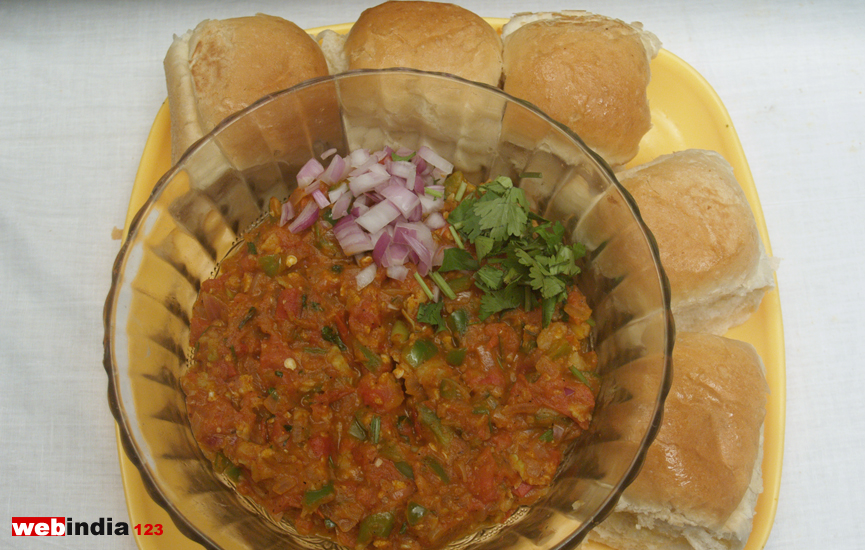
- Serve with finely chopped onions and a sprinkle of cilantro for extra flavor and texture.
- Offer a side of lemon wedges for those who like an extra tangy kick.
- Pair with a refreshing glass of lassi or a cold beverage to balance the richness of the dish.
- Consider adding a small bowl of raita (yogurt dip) for a cooling contrast.
Tips and Notes for the Perfect Beef Pav Bhaji
Here are some additional tips and notes to help you create the perfect Beef Pav Bhaji:
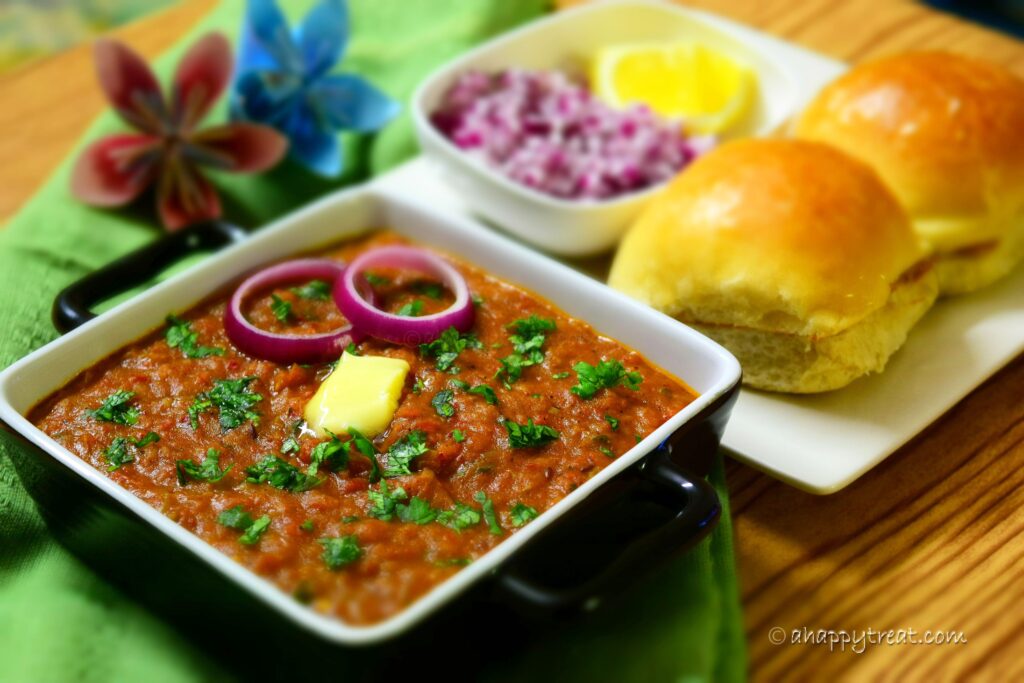
- Beef Selection: Use stewing beef or chuck steak for the best results. These cuts become incredibly tender when cooked low and slow.
- Spice Level: Adjust the amount of red chili powder to your preference. Start with a small amount and add more as needed.
- Vegetable Variations: Feel free to add other vegetables to the mix, such as cauliflower, peas, or carrots.
- Make Ahead: The Beef Pav Bhaji can be made ahead of time and reheated. The flavors actually improve after a day or two!
- Vegan Option: For a vegan version, substitute the beef with mixed vegetables or chickpeas.
- Freshness is Key: Use fresh, high-quality ingredients for the best flavor.
- Adjust Consistency: If the Pav Bhaji is too thick, add a little water to reach your desired consistency.
This Beef Pav Bhaji recipe is a delicious and satisfying meal that’s perfect for any occasion. With its rich flavors, tender beef, and vibrant spices, it’s sure to become a family favorite. So, get cooking and enjoy this incredible fusion dish!
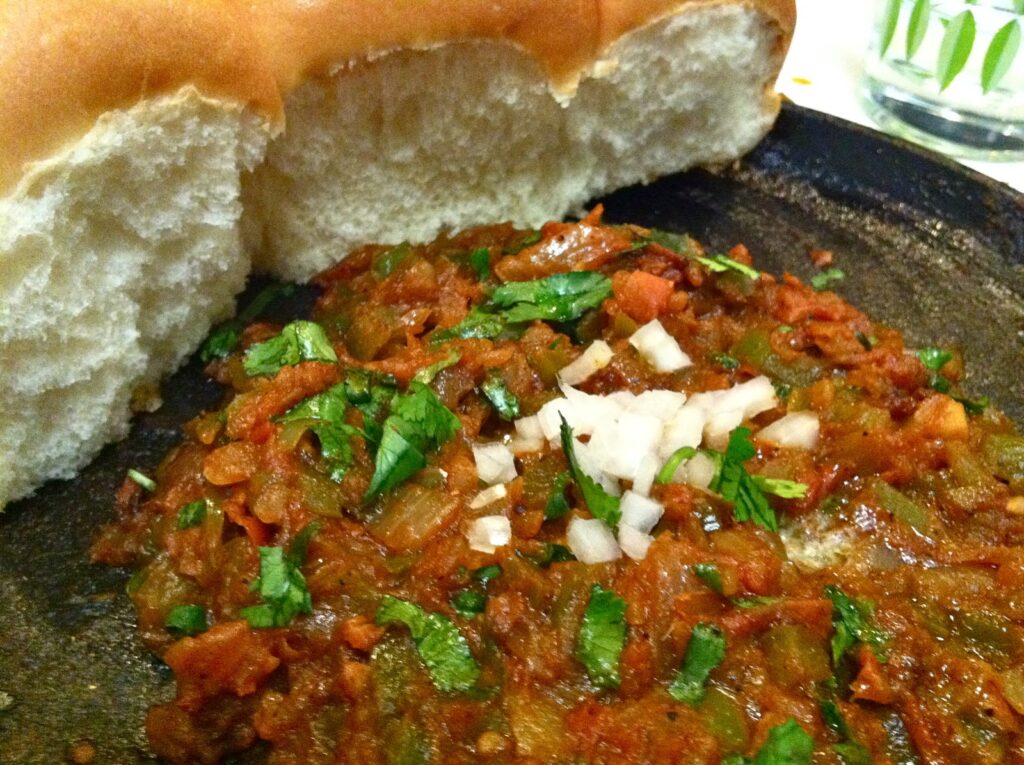
This Beef Pav Bhaji offers a unique twist on a classic Indian street food, combining the comforting flavors of Pav Bhaji with the hearty satisfaction of beef. It’s a guaranteed crowd-pleaser and a delicious way to explore the versatility of Indian cuisine. Remember to adjust the spice levels to suit your taste and don’t be afraid to experiment with different vegetables. Happy cooking!

